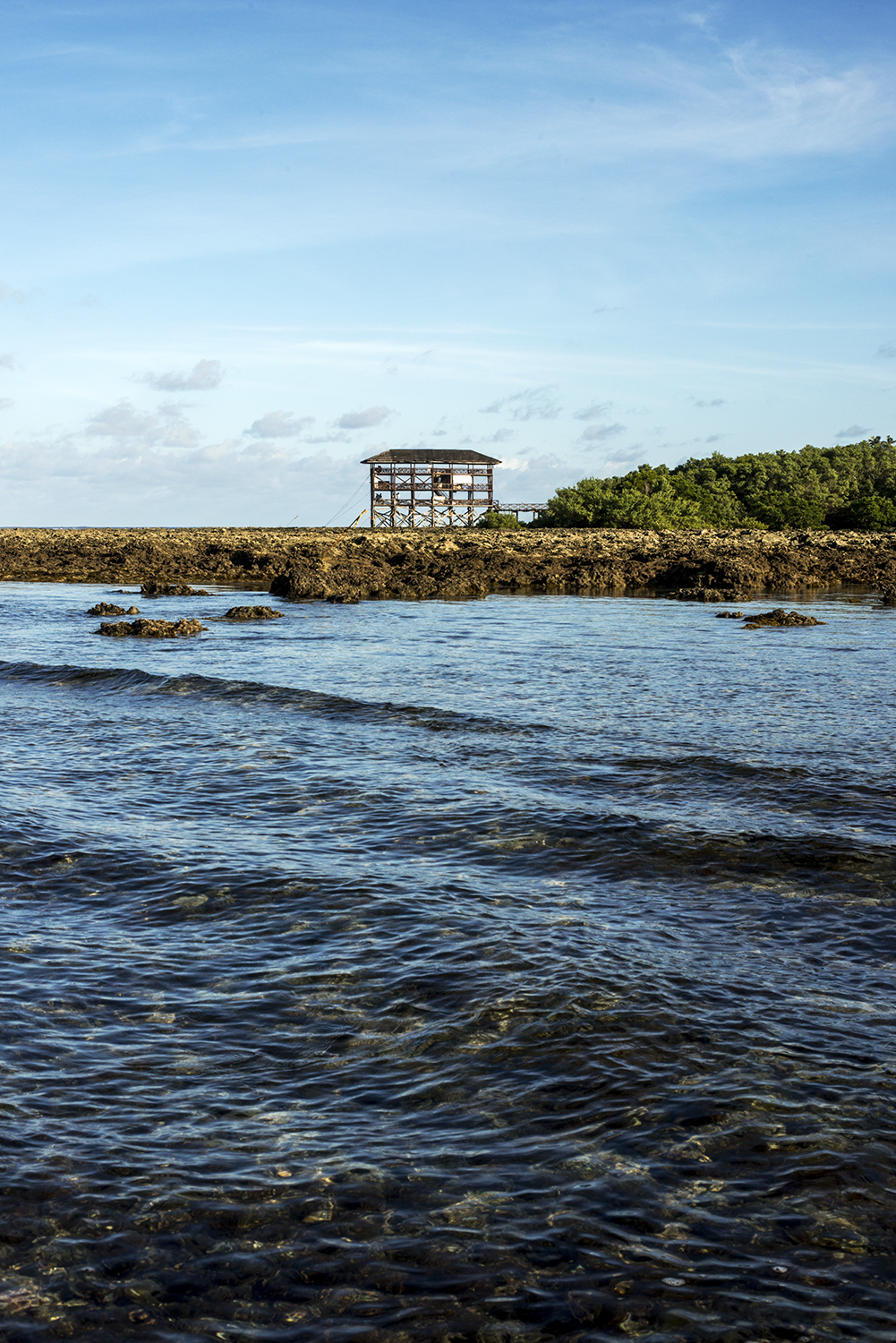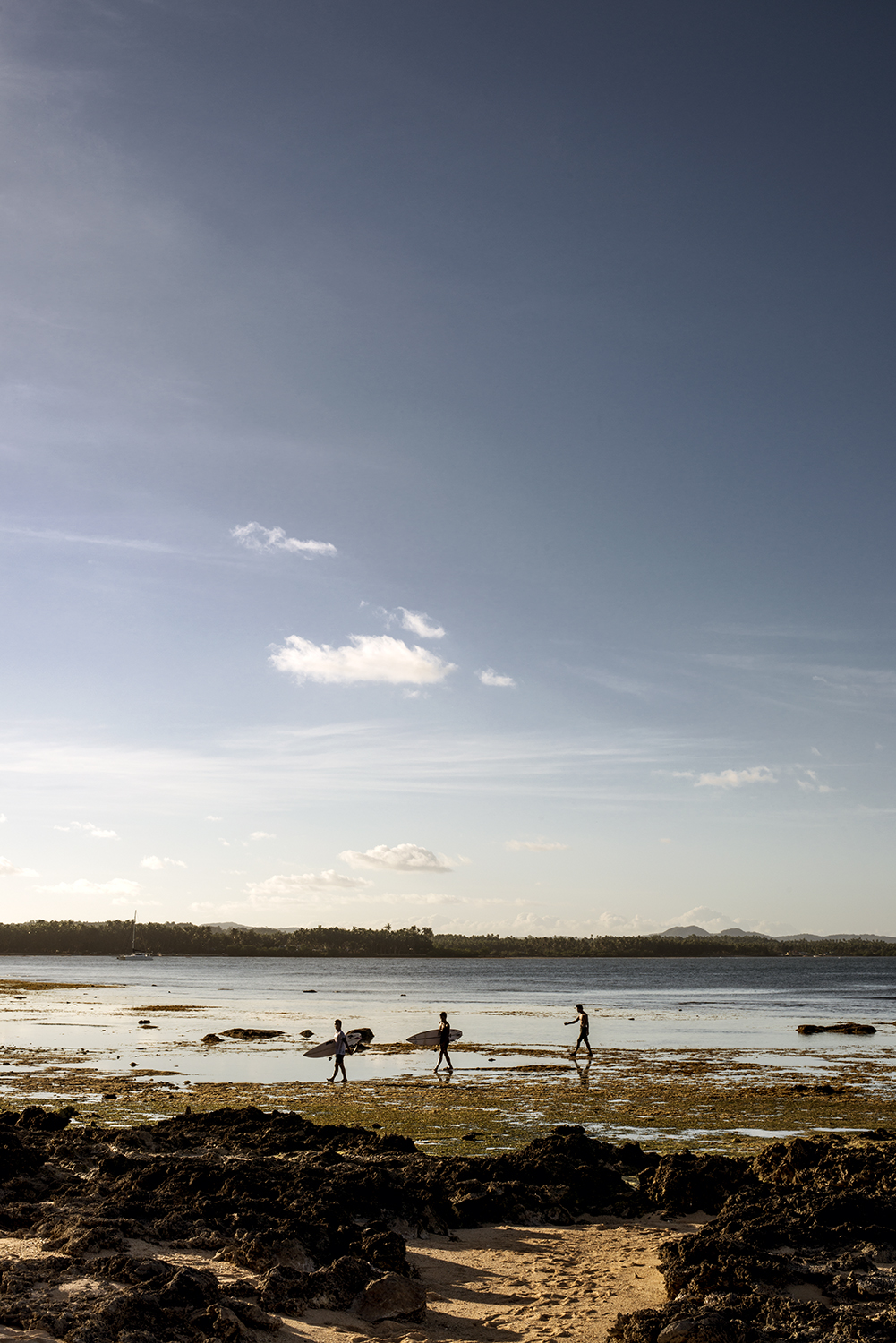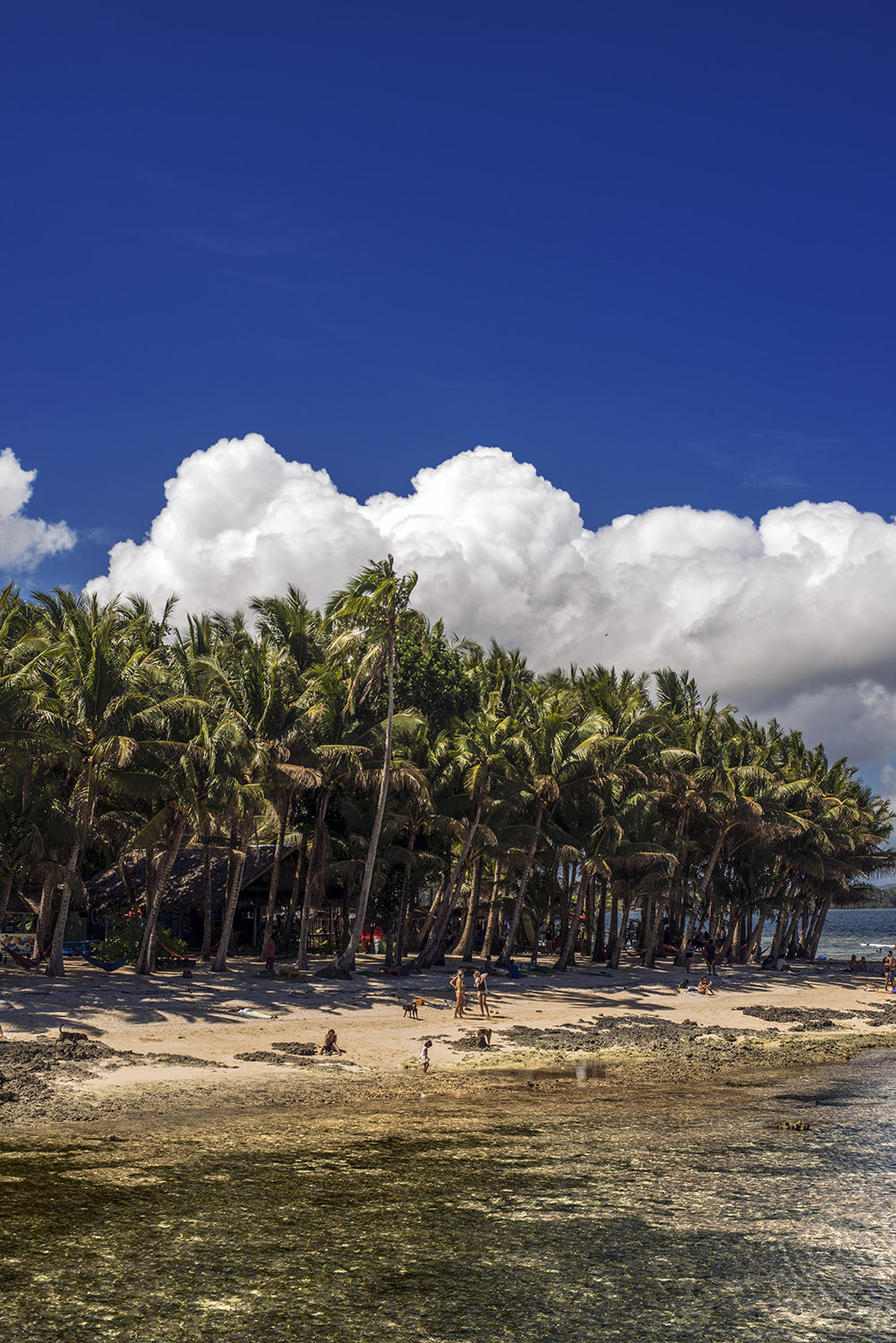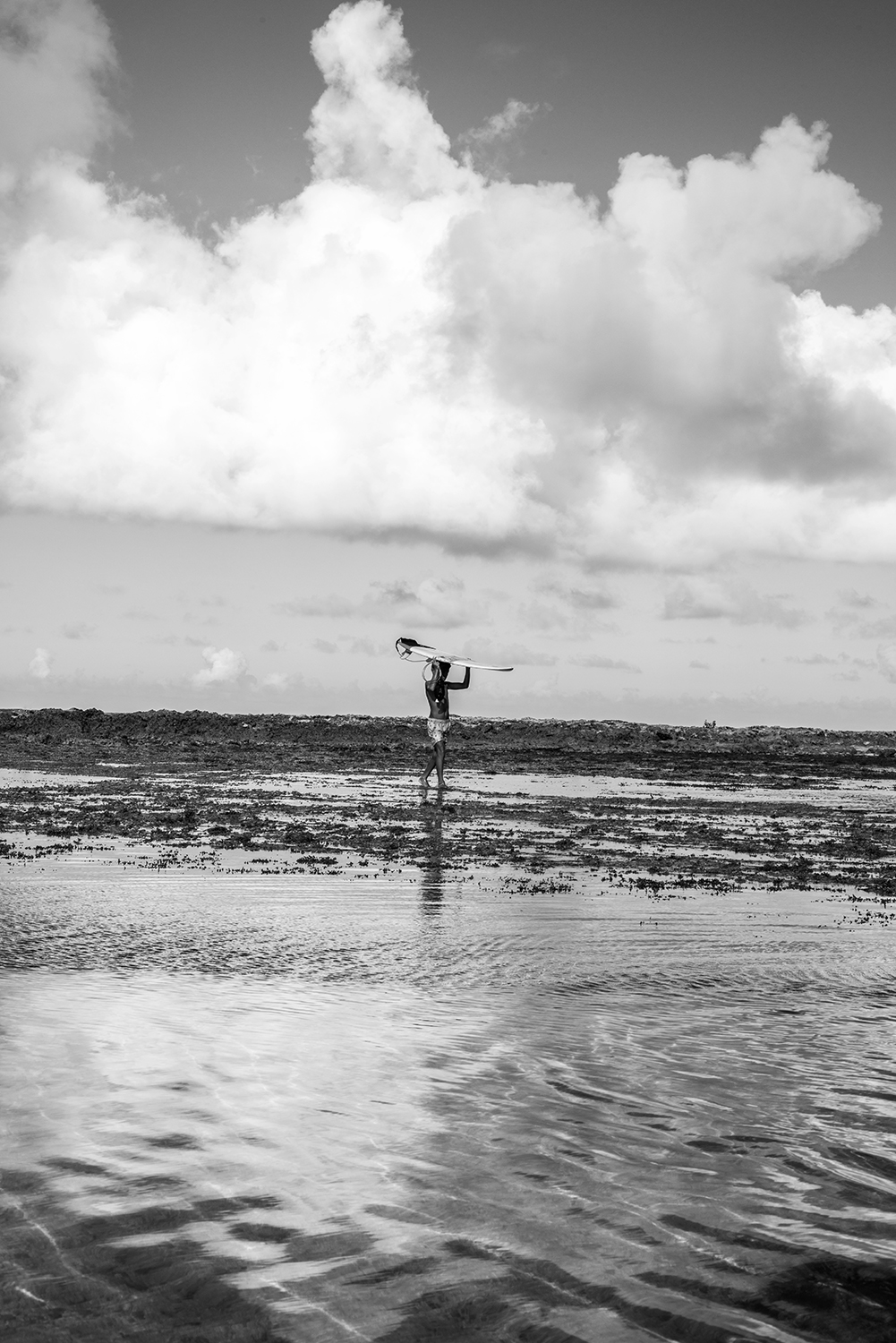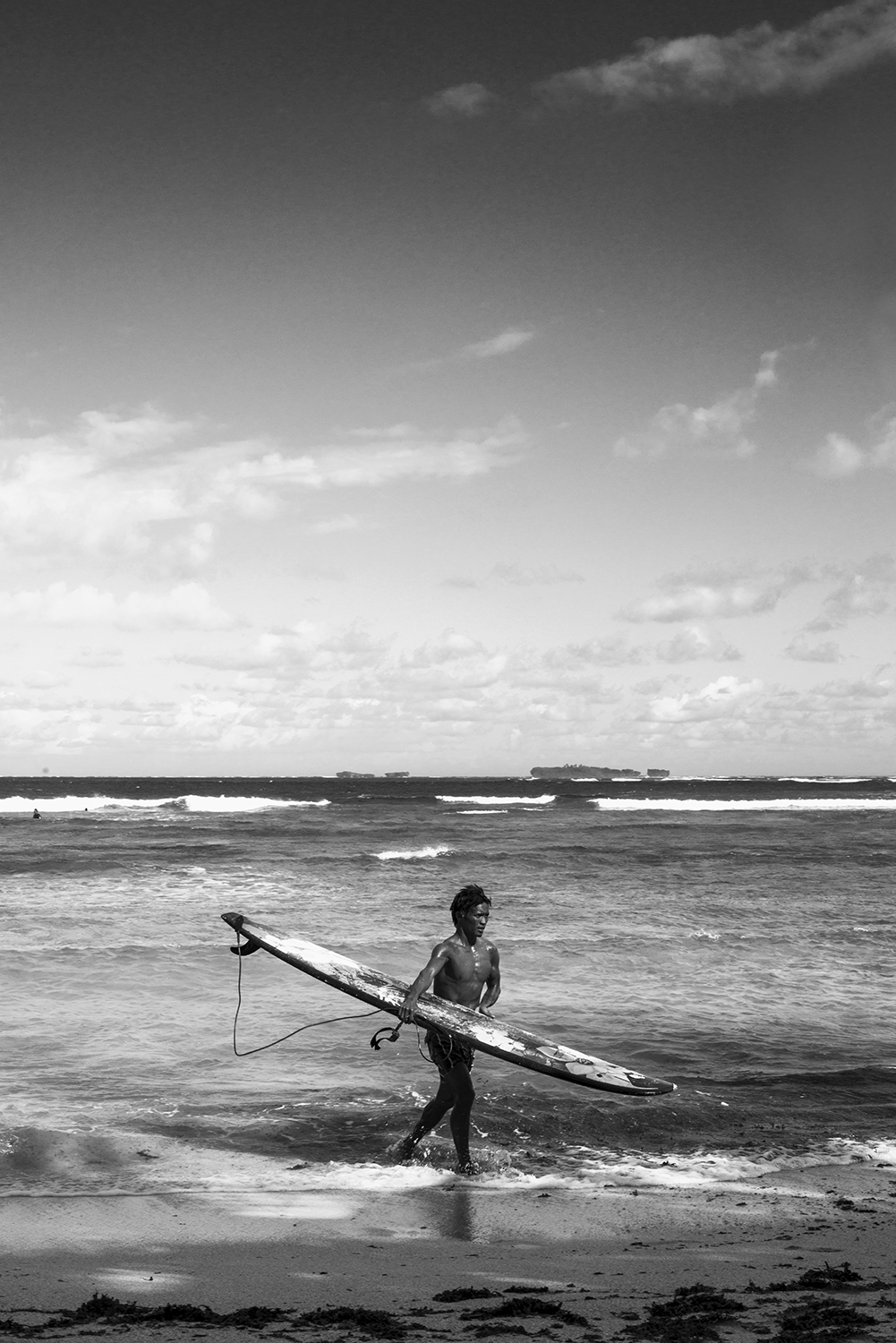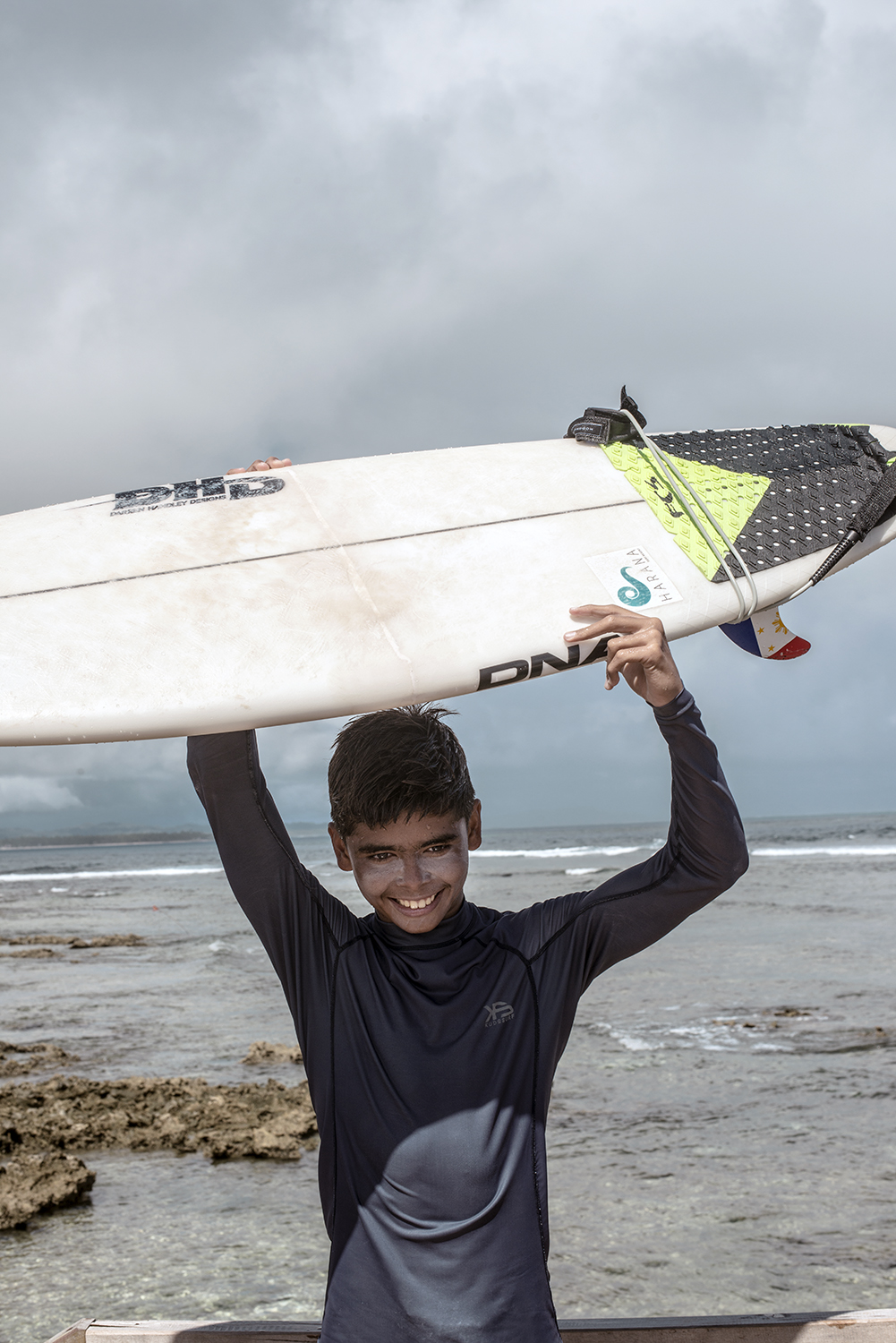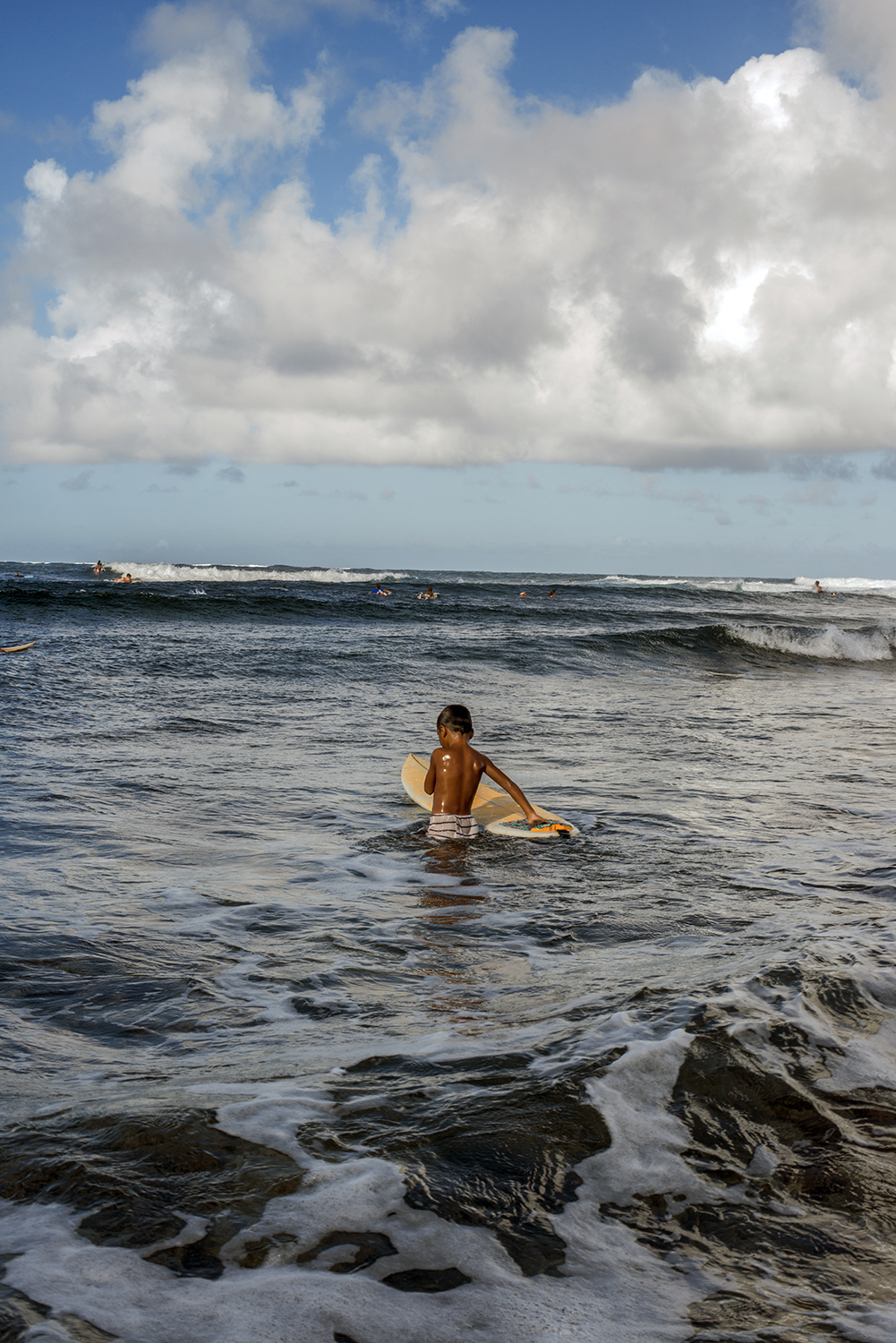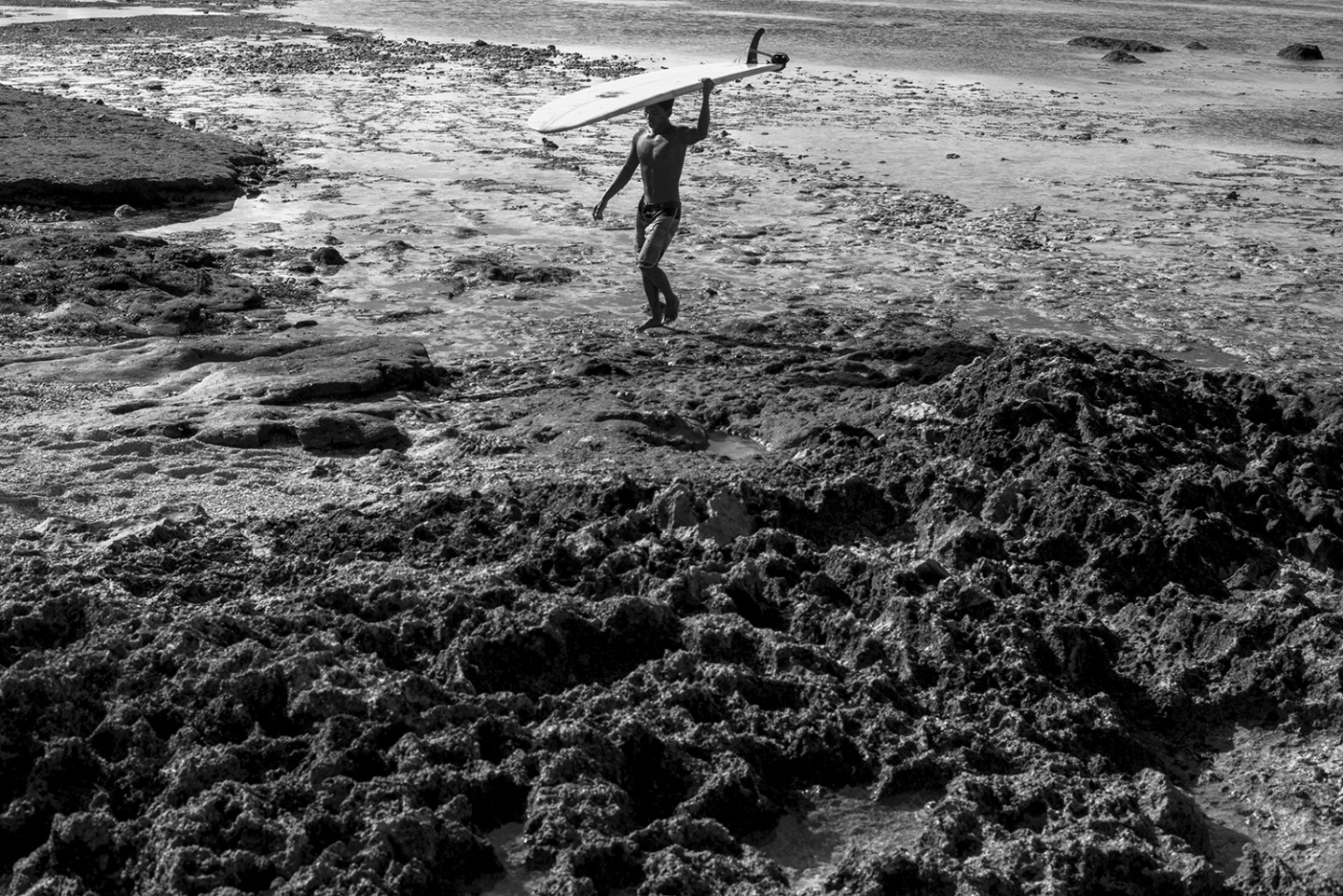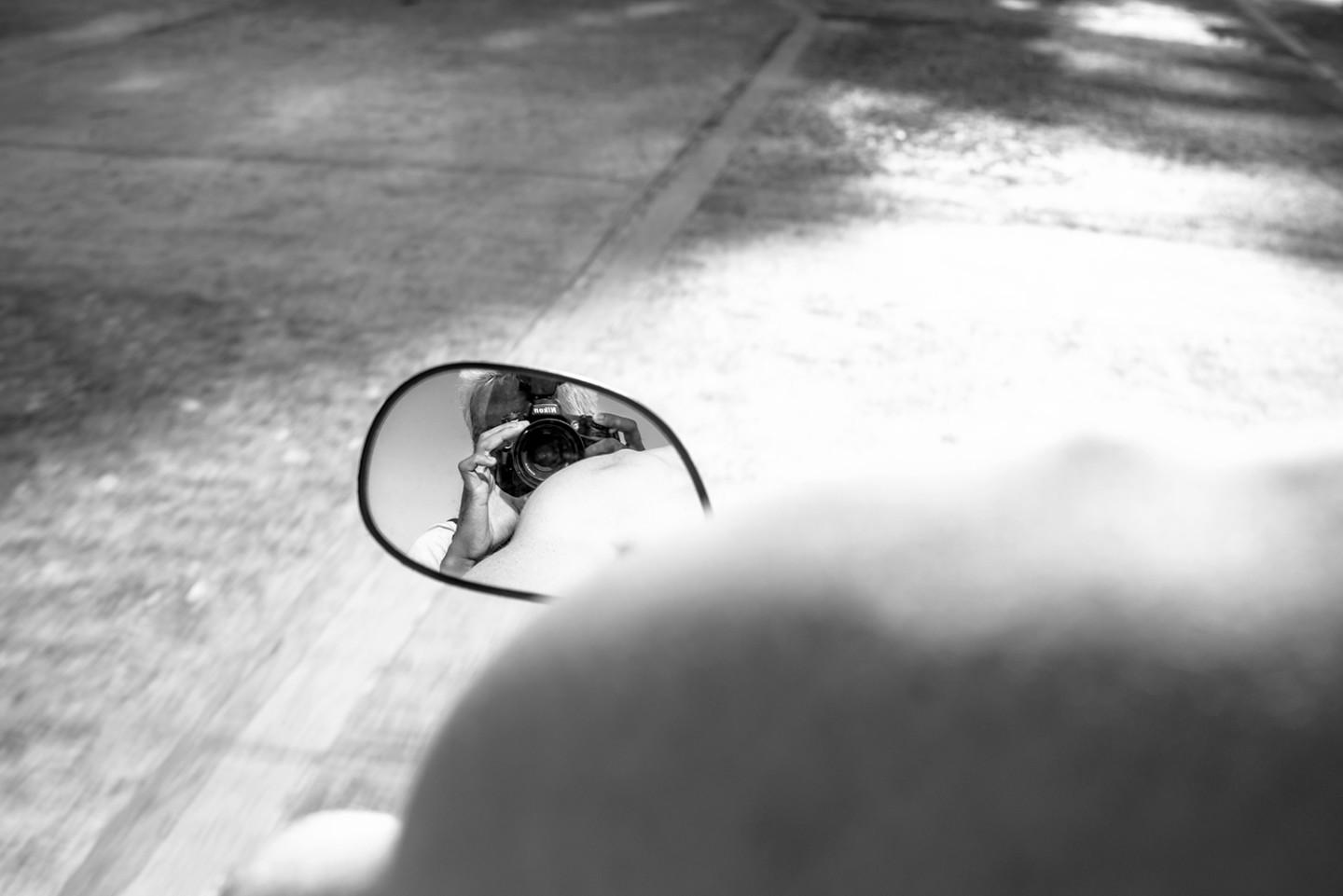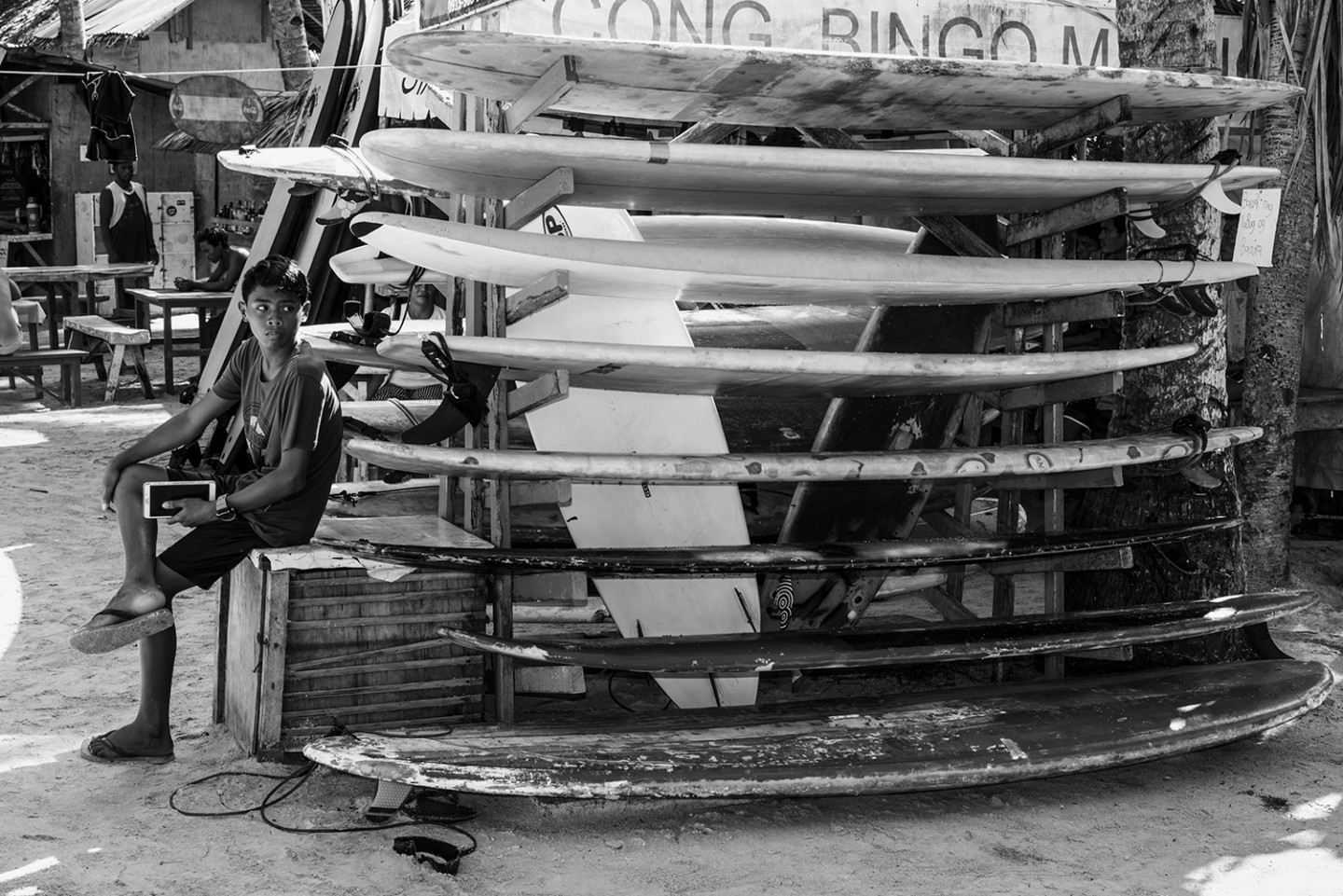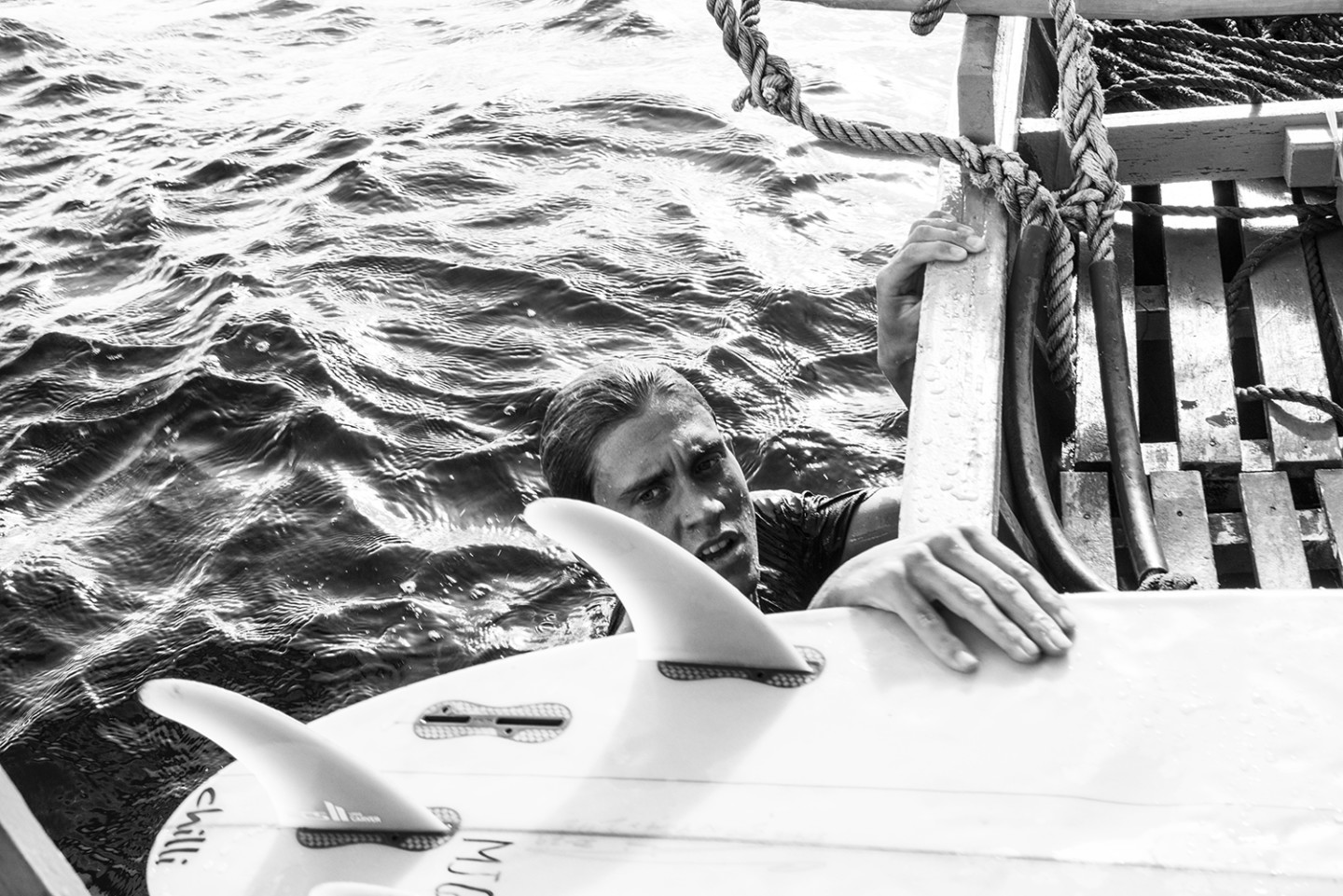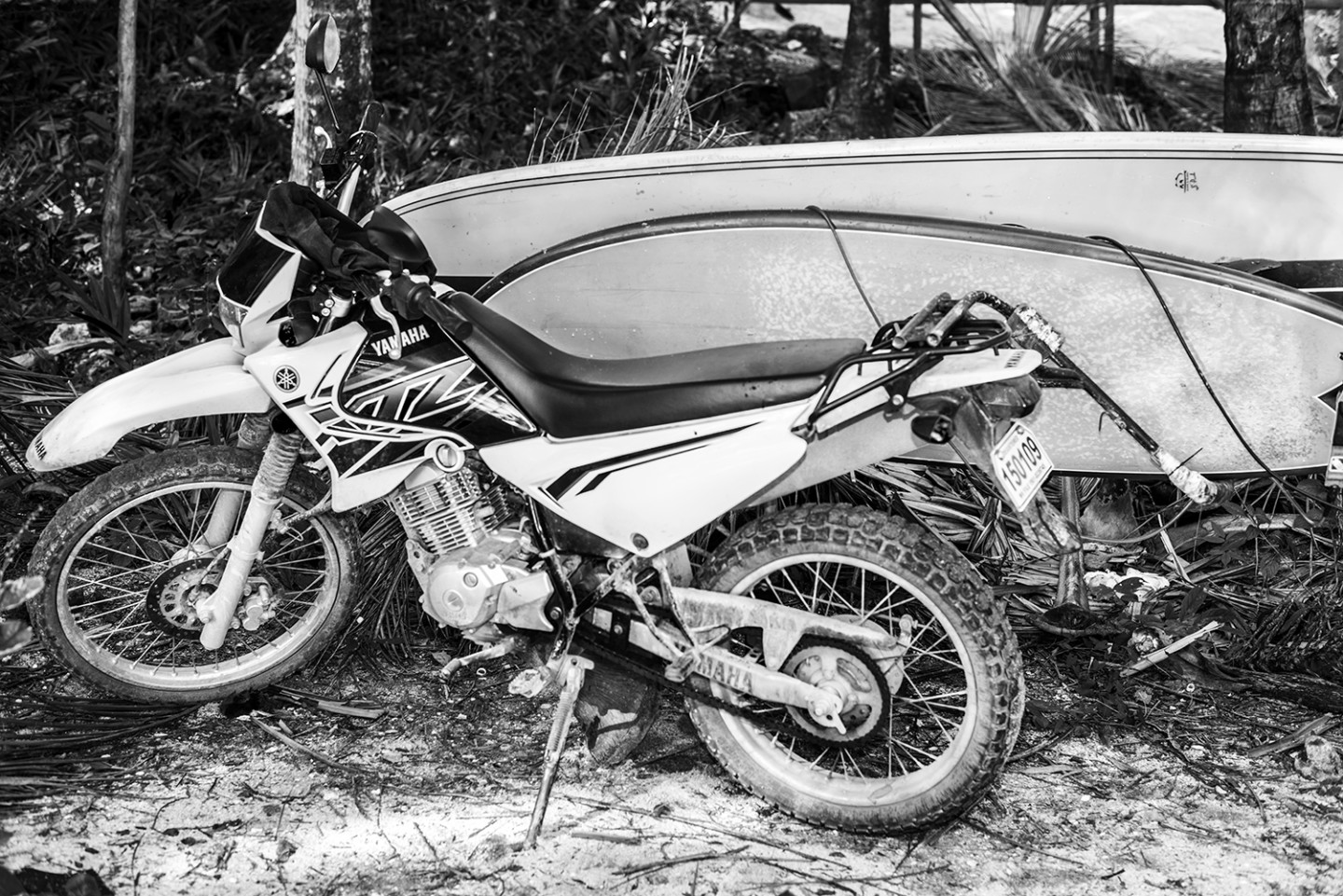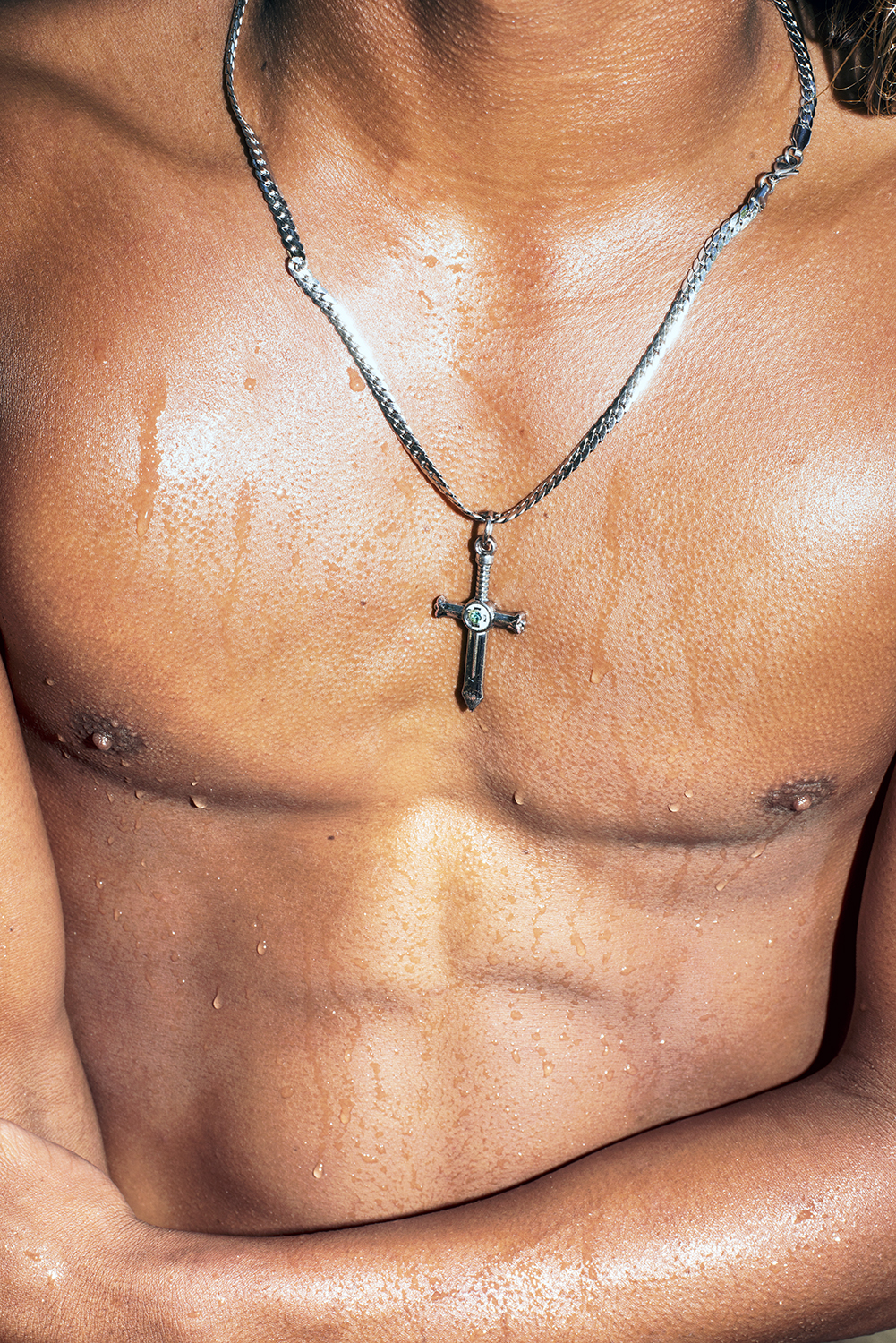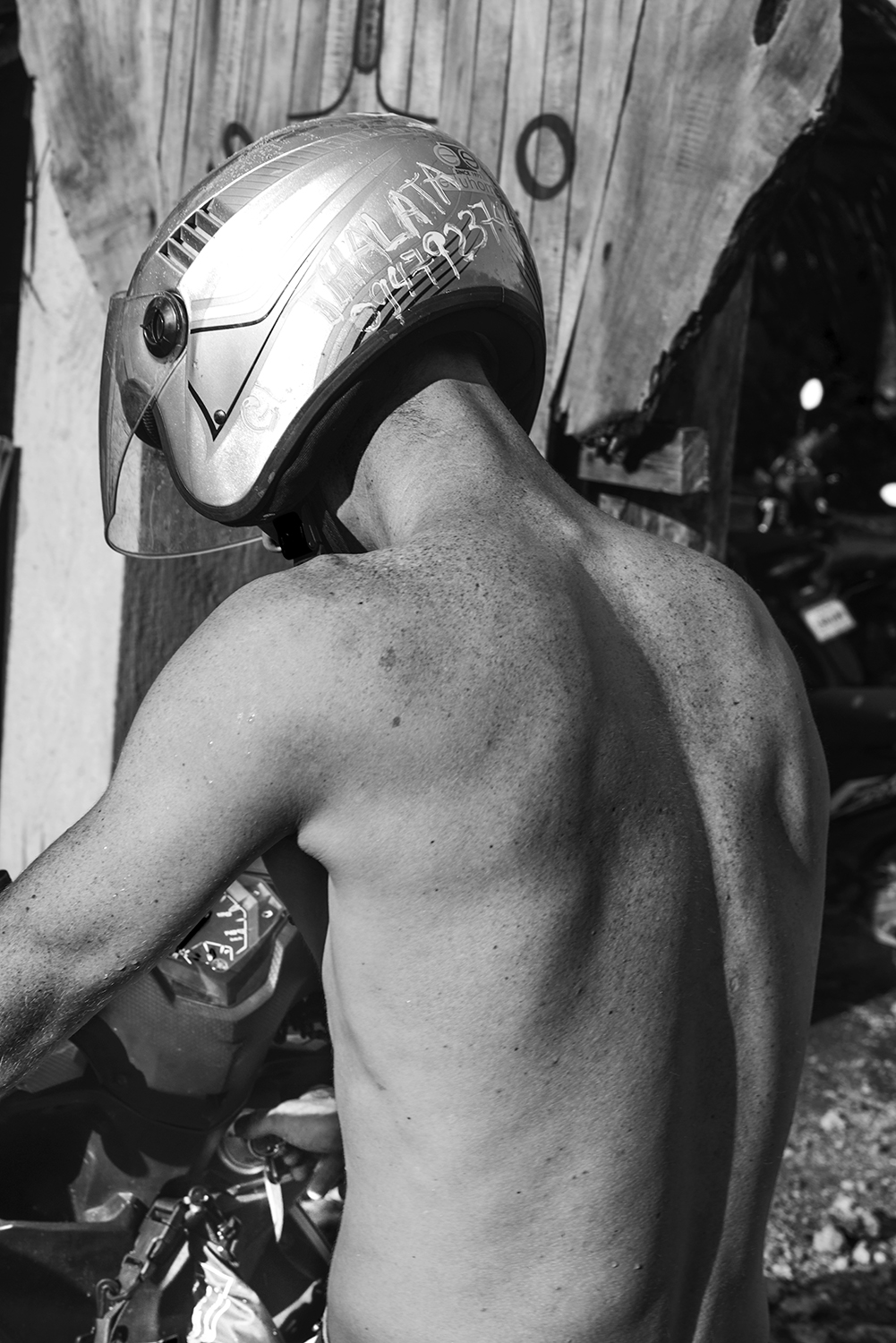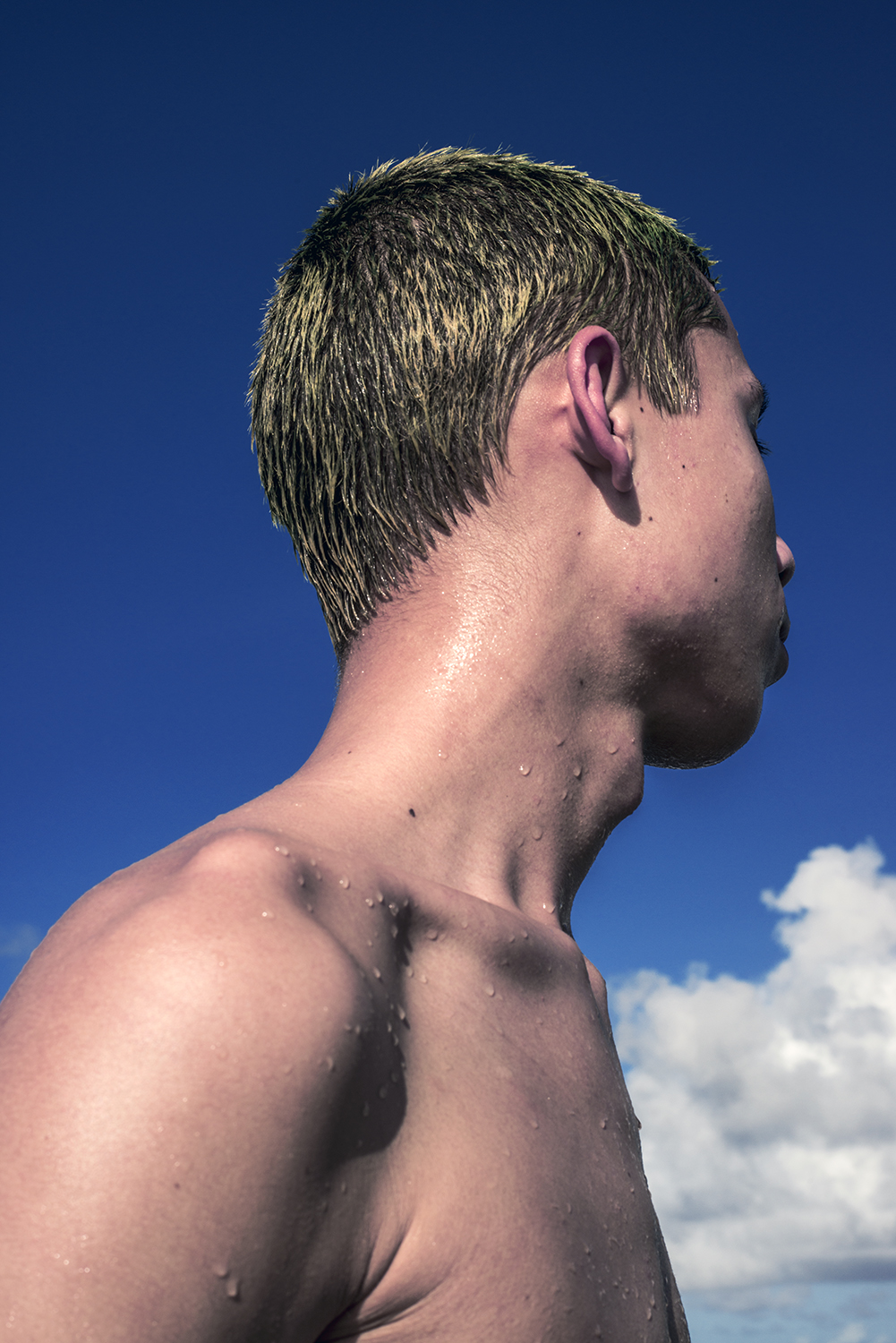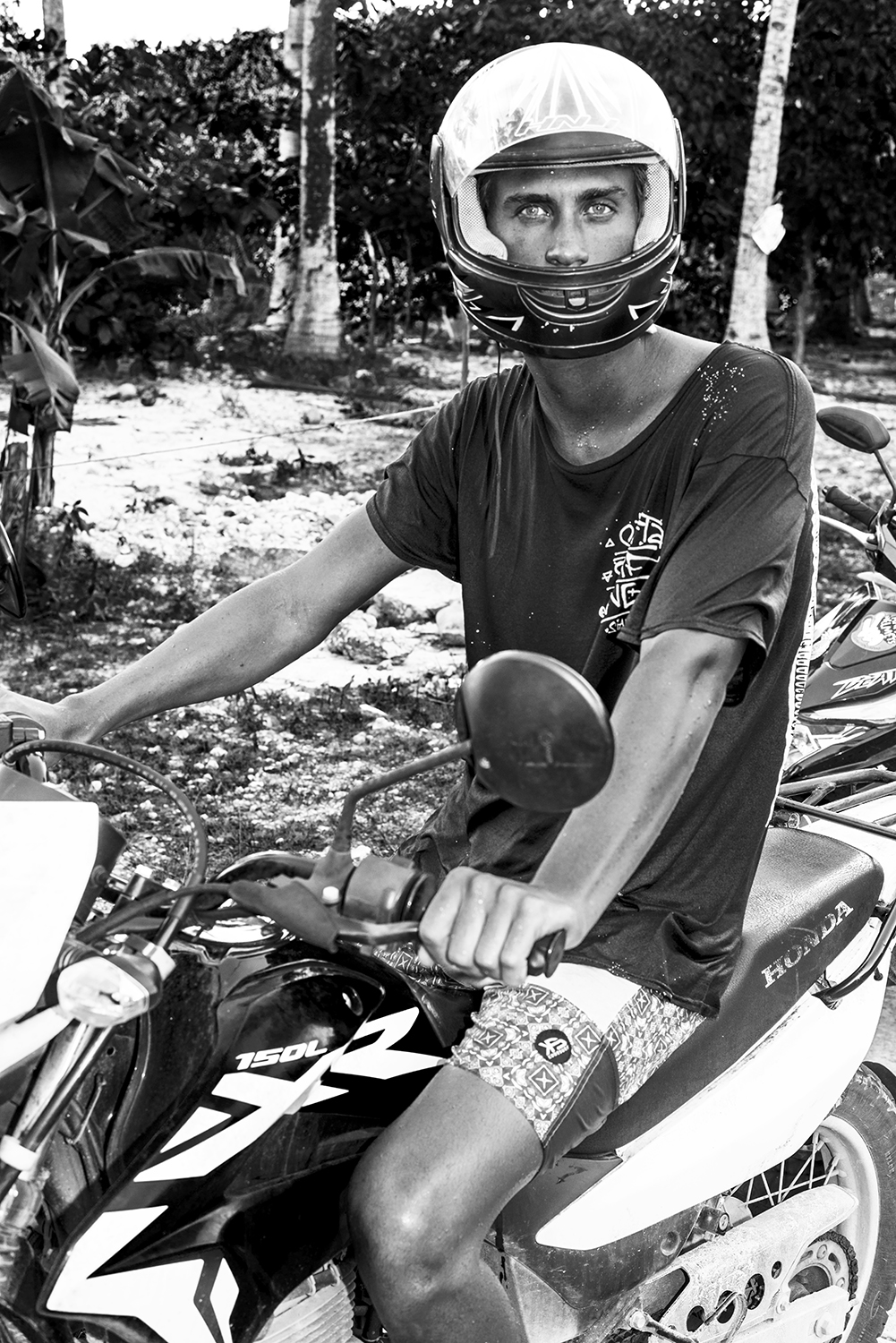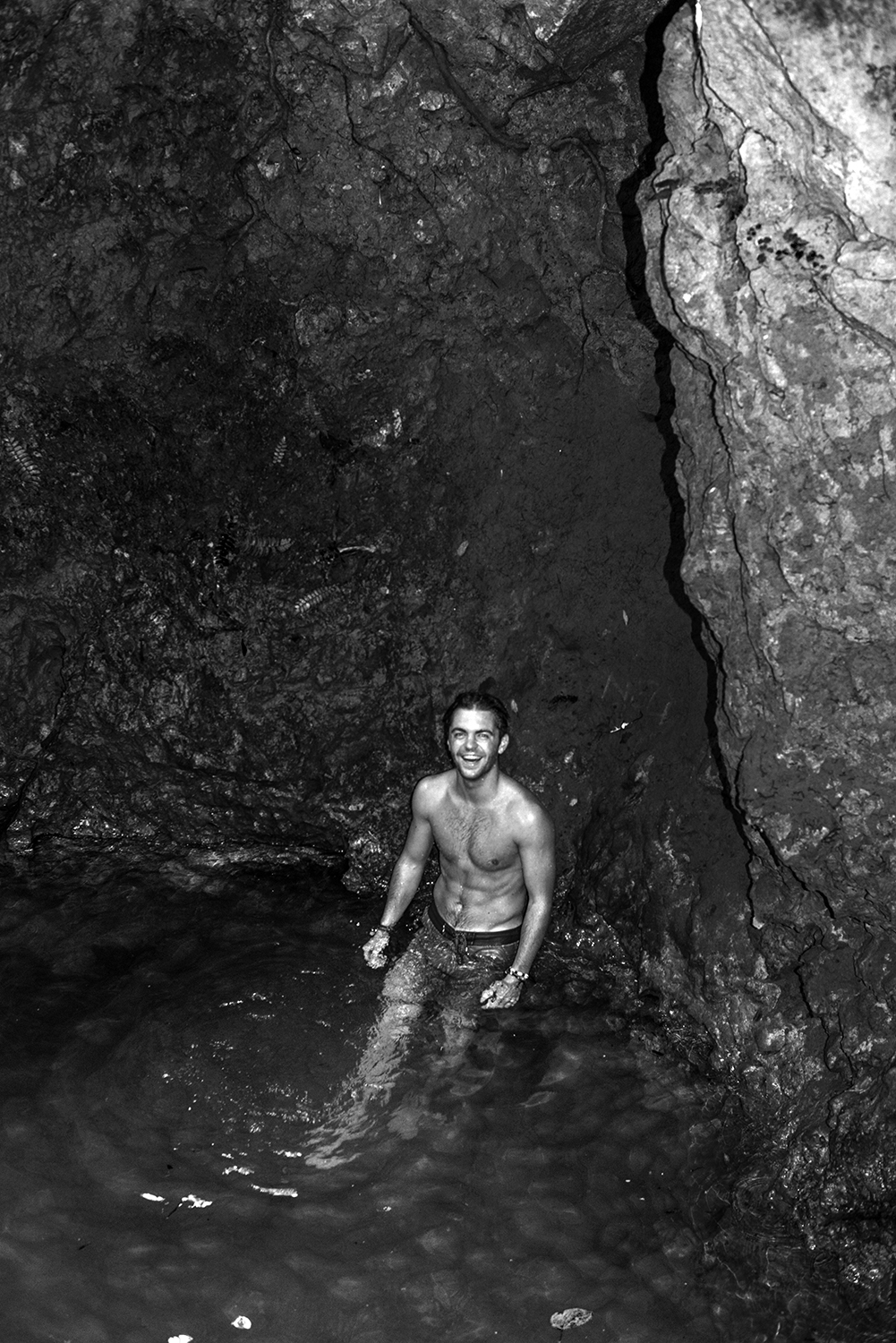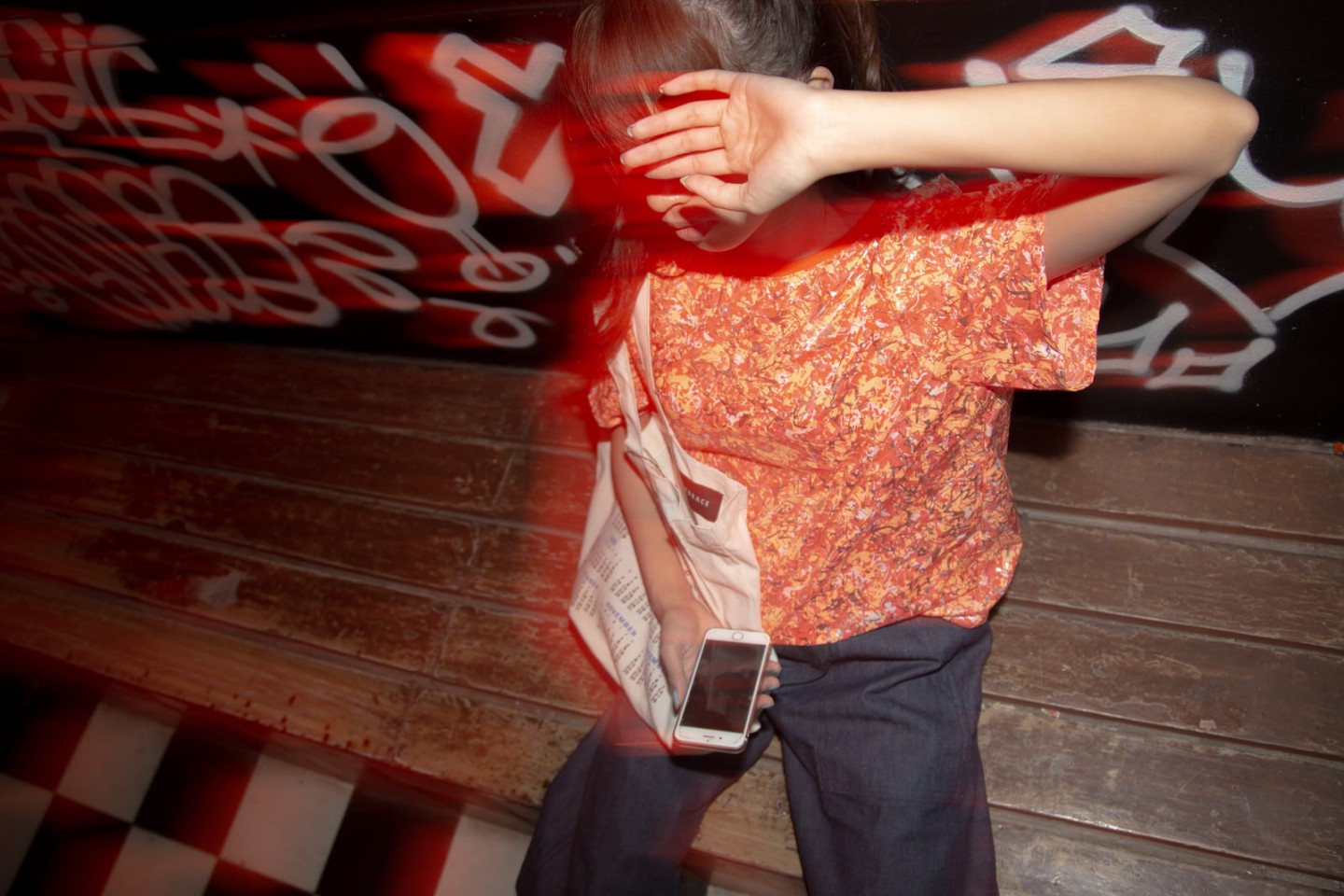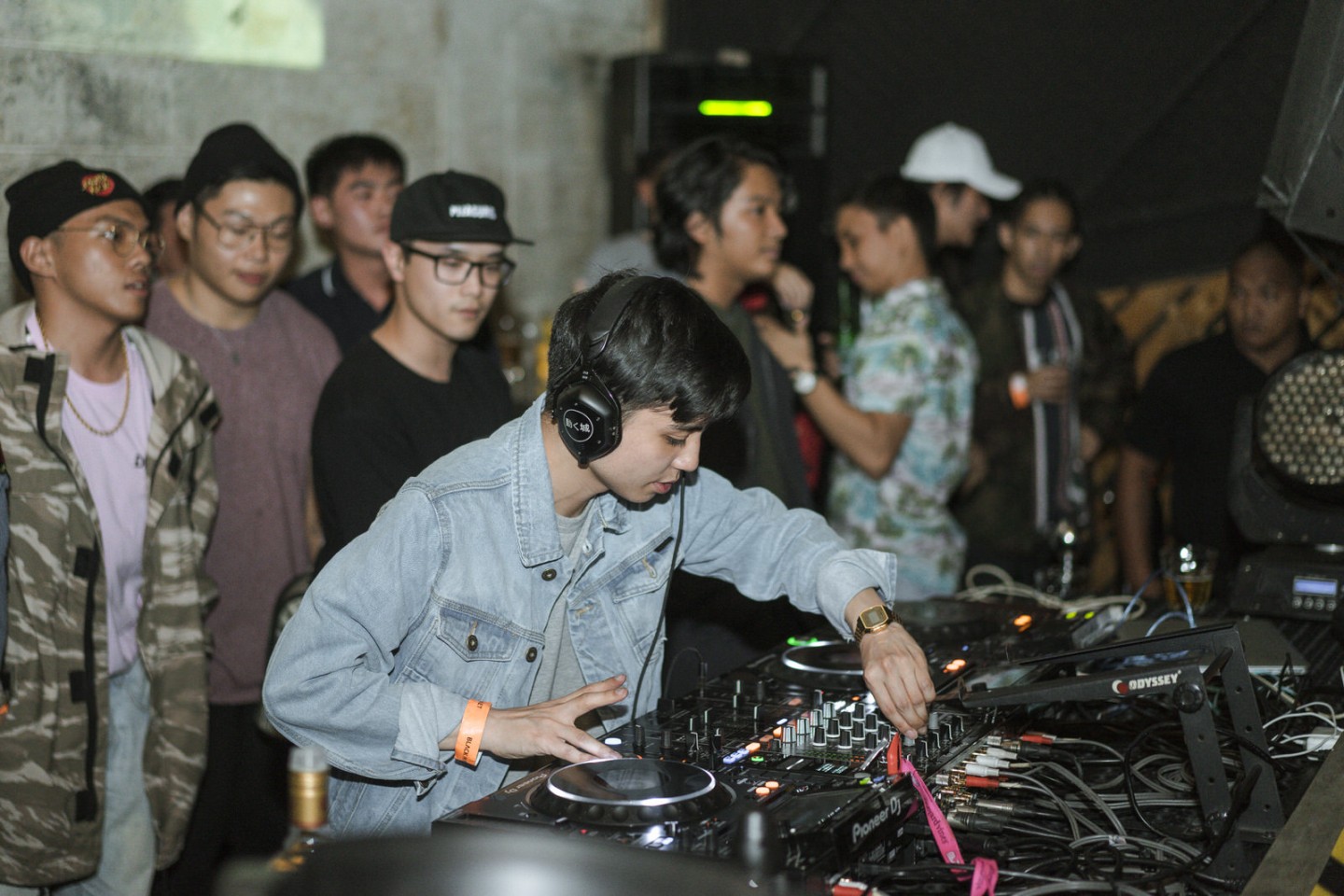
“Are we the extension of our own devices?” Lope Navo, artist and fashion photographer, posed the question as he pondered about his impulse purchase. He bought a phone on a whim, in Alexanderplatz in Berlin. It might have been a consumer narrative for our subconscious cues, but in today’s realities given by the pandemic, this same question haunts us and our forced fixation towards the only window to the outside world available to us.
For someone like Lope Navo, being presented with limited opportunities to move around is a foreign concept. From a very young age, he took his old camera and moved out of the country, only finding himself living in around six continents, and neon capitals like Tel Aviv, Berlin, Manila, Los Angeles, New York, Sao Paolo, Milan, and Paris.
“Unlike my other contemporaries in the fashion world, who travels the world spoiled with their first world passport, I did it with a useless third world passport.” He said. And he was right. The Philippines ranked one of the lowest among passports with the greatest access to the world. So in essence, we were all boxed in even before the pandemic hit, but we are feeling it now more than ever.
But there’s one place that this third world passport can access without limits. The same place where it was issued. The same place where Navo spent his formative years.
“After living in Europe for almost a decade, I went back to the Philippines for some very personal reasons and I was traveling the world for some years now. Siargao was an interesting pit stop.” He said, reminiscing his trip back to the country.
And indeed it is. After gaining fame as a favorite choice to spend summers in, the place became romanticized in various travel blogs, written or shot by video, boasting waves that could rival the best surf spots. It almost became synonymous with vacations, along with Boracay and newest darling for local travelers, San Juan in La Union.
Navo explained that Tony Arruza and Steve Jones placed Siargao on the surf map in the 1980’s, when they were looking for the “perfect wave”. The wave was found in the municipality of General Luna, The Jacking Horse, an area near Cloud 9.
“As I remember, I was traveling the remote islands of the Philippines 14 years ago when it was still inaccessible for most travelers, to shoot for fashion magazines.” Navo shared, giving us a glimpse of how limited movement was back then. “I landed in Sayak just in time for Christmas, and celebrated New Year’s Eve there too, taking on a photographic assignment for Purveyr.”
Being a “global citizen”, Navo is not a stranger to adventure. While he questioned the impulsiveness of the purchase he once did in Alexanderplatz, this is an instantaneous decision he was very much willing to take.
“And on my recurring pit stop back to Manila, I decided to greet 2020 in this lush green paradise, unadulterated yet by our technologies, where I lived for a month. I stayed mainly in Harana Surf School and Hotel while gathering all these portraits. It was right before my one-month trip to Tel Aviv, one of those very impulsive overnight bookings, I’ve done so many times in my life, an impulsiveness, so many airlines probably have already exploited to their very own advantage, to sell tickets.”
Siargao has been a popular spot for the younger ones who craved riding the waves while grazing their feet on the beach sands. But it’s quaintness was also punctuated by it’s ever growing fame that’s slowly giving way to foreign visitors – “Parisian cafes, Sicilian pizza corners, and hole-in-the-wall bars pumping with British techno.”
But even with these conveniences, or the little presence of it, Navo still felt that the island was stuck in time, but in a good way.
“Compared to the chaotic concrete jungle of Manila’s 1.78 million people, this idyllic island has roughly 200,000 people, and still has an untouched feel to it. Many roads are still under construction. We are basically mapping these territories, shot by shot, frame by frame, selfie by selfie, hashtag by hashtag, with our every Instagram post. Like scientists categorizing local insects and flowers.”
And through these “insects and flowers”, Navo got to meet fellow visitors who were here for the same thing that he is here for. They came from different places, some half-way across the world, some even born and raised on the island. And while the physical differences were stark, it stops there, because the waves will treat them all the same. They are all just humans with boards, searching for that “perfect wave” to ride.
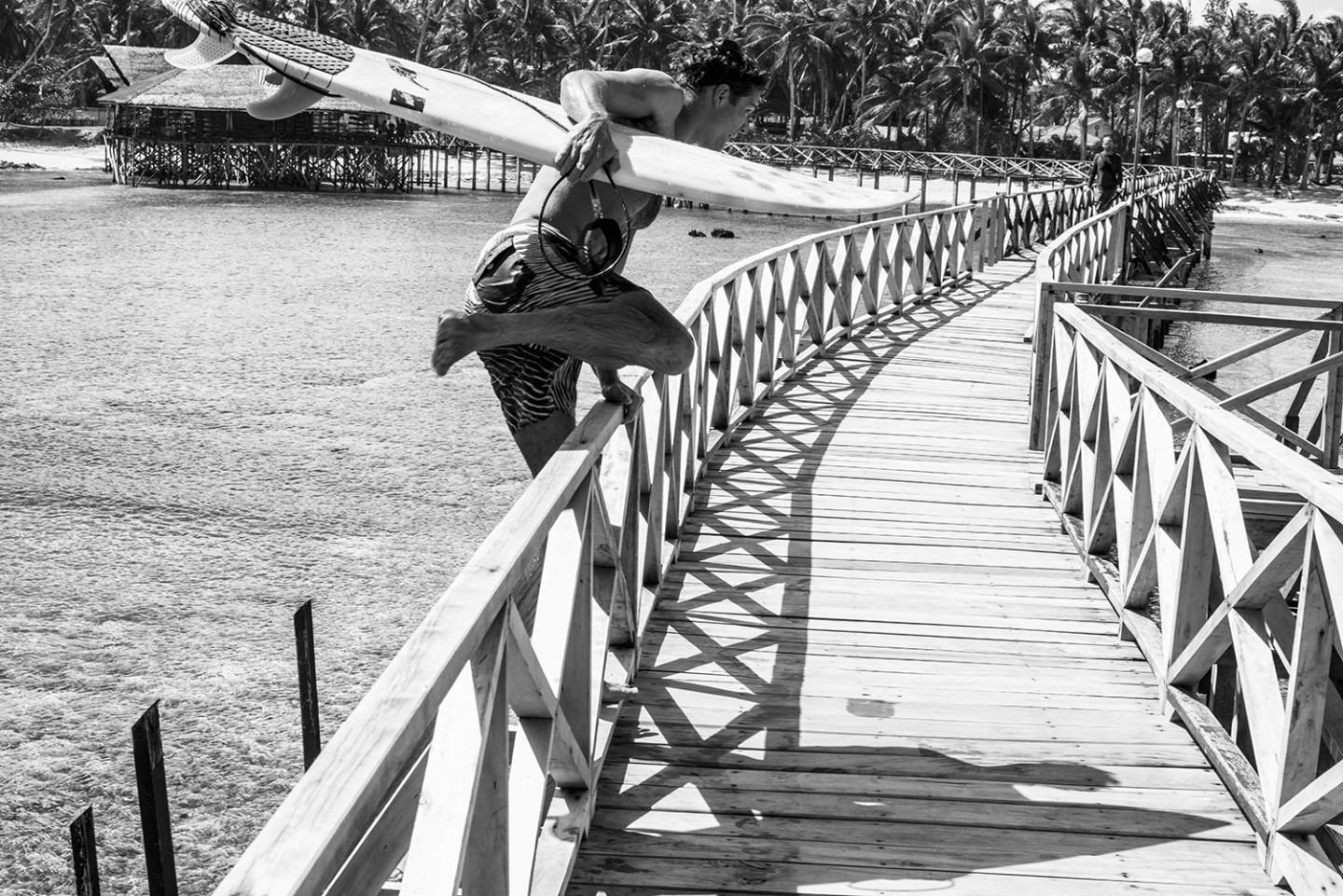
Being one of the oldest pastimes for the islanders of the region, they know more than a thing or two about surfing. Or maybe, surfing has taught them the truly important things, not just in riding the waves, but in how we should participate in life. Navo contemplated the answers he got from surfers when he asked them why they surf. It’s about awareness of your surroundings, finding balance and equilibrium, and when the waves are about to roll, you would have to carry the weight of your body on your arms and paddle towards that wave.
“So to its very core, ‘surfing’ sort of gives you the proverbial backbone, and intestinal fortitude to face a new world with no fear.”
His trip in Alexanderplatz was as much of an impulse as his landing in Sayak. But in the midst of these almost instinctive decisions, he found himself in a place where you needed to lean back, watch the horizon, and be patient for that perfect wave. Impulse has defined this fast-paced world, but in Siargao, impulse just won’t do.
You can catch Lope Navo’s most recent work, featuring portraits that celebrate the beauty of masculine energy in his book RAW.

